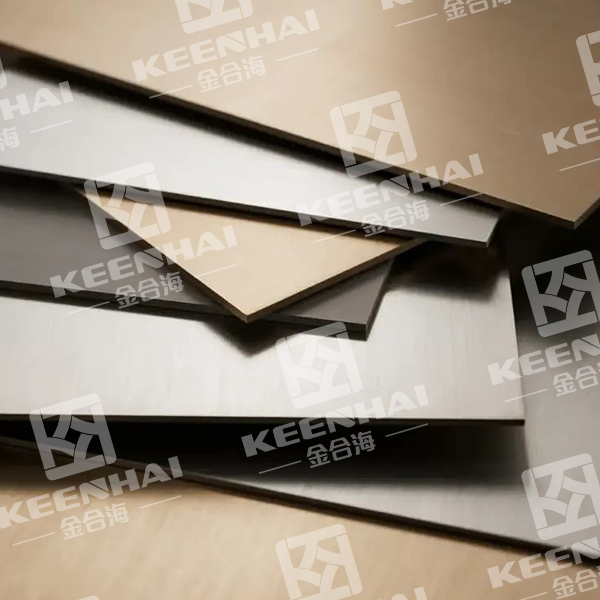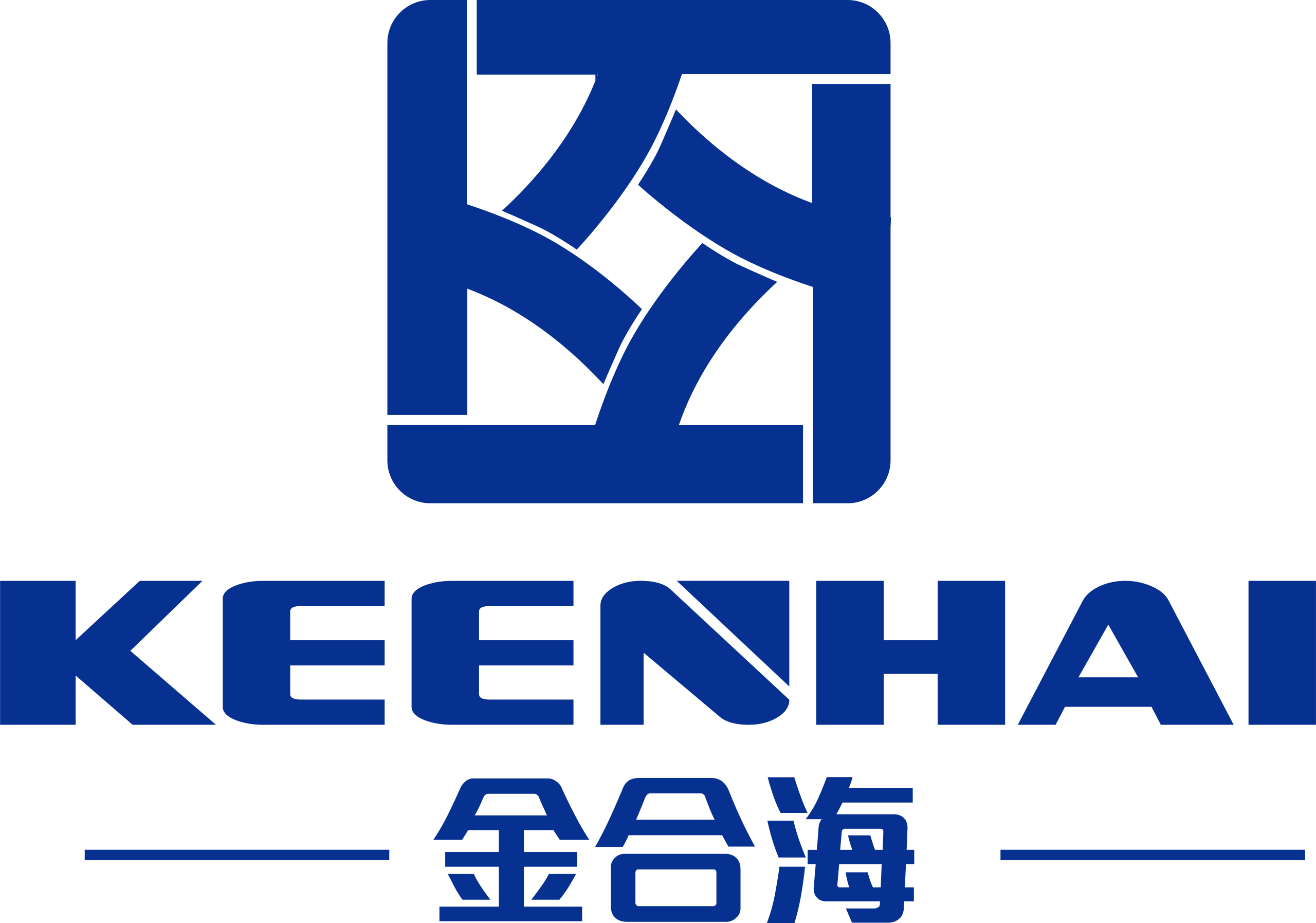Material inox is another name for stainless steel, a durable alloy that resists rust and corrosion. Its combination of chromium, iron, and nickel makes it perfect for kitchens, elevators, and architectural panels that need both strength and a sleek, modern look.
1. What Is Material Inox
Stuth stàilinn gun staoin simply means stainless steel — a metal alloy primarily composed of iron, chromium, and small amounts of nickel and carbon. The name “inox” comes from the French word stainless, meaning non-oxidizing, which highlights its resistance to rust and corrosion. When you see sleek elevator panels, reflective kitchen counters, or polished architectural façades, you’re most likely looking at inox material. It’s a staple choice for modern designers because it offers strength, durability, and a clean, contemporary aesthetic that lasts for decades with minimal upkeep.
In architectural and commercial settings, material inox often appears in furniture frames, handrails, and display systems. For example, luxury malls use brushed or mirror-finish inox panels to reflect ambient lighting and create a premium visual texture. High-end kitchens rely on duilleagan stàilinn gun smal for seamless counters and splashbacks, as the material resists stains, fingerprints, and heat better than most metals. It’s also easy to sanitize, which explains why restaurants and medical labs prefer inox over traditional steel.
The beauty of inox isn’t just about looks—it’s about performance under stress. Unlike mild steel, which can corrode in humid or salty environments, inox retains its integrity even after years of exposure. In coastal buildings or outdoor sculptures, it doesn’t require frequent maintenance or protective coatings. Architects often choose it to reduce long-term costs while maintaining a modern aesthetic.
Here’s a quick overview comparing inox with standard steel to better understand its edge in performance:
| Comparison of Material Inox and Regular Steel | Material Inox (Stainless Steel) | Regular Steel |
|---|---|---|
| Frith-aghaidh creimeadh | Excellent due to chromium oxide layer | Poor, rusts easily |
| Maintenance Needs | Ìosal, furasta a ghlanadh | High, requires coatings |
| Ath-thagradh Aesthetic | Modern, reflective, customizable finishes | Industrial, dull surface |
| Lifespan | 20–50 years depending on use | 5–15 years on average |
| Tagraidhean Cumanta | Kitchens, façades, elevators, furniture | Construction, machinery |
When you look closely at premium interior designs or high-traffic commercial areas, material inox stands out for how effortlessly it blends durability with visual appeal. It’s not a trend—it’s a long-established foundation of modern architecture and product design.

2. Chemical Composition and Properties
2.1 Key Elements in Material Inox
Material inox relies on a specific mix of alloying elements to deliver corrosion resistance and strength. The two most important elements are chromium (Cr) agus iron (Fe); chromium forms a thin, invisible oxide film that prevents rust, while iron provides the base structure. Typical ranges: Cr 10.5–20%, Ni 0–14%, C ≤0.08%, with traces of Mn, Si, and Mo depending on grade. For example, 304 inox usually contains ~18% Cr and ~8–10% Ni; 316 inox a’ cur ris 2–3% Mo to improve chloride resistance. If you work with plate or industrial panels, consider SS steel plate options for heavy-duty uses (see SS steel plate options). Chromium content determines the passive layer quality, while nickel and molybdenum tune toughness and pitting resistance.
2.2 Corrosion Resistance and Strength
Inox resists corrosion because the chromium-rich surface regenerates a protective oxide within seconds after damage. Corrosion behavior depends on environment, alloy, and surface finish. In freshwater or indoor settings, 304 performs excellently; in marine or chlorinated environments, 316 outperforms 304 because molybdenum reduces pitting. Mechanical strength also varies: typical yield strengths run from ~170 MPa (austenitic soft annealed) up to ~520 MPa (hardened martensitic types); tensile strengths commonly sit between 500–800 MPa for many commercial inox grades. Choose grade by matching environment and load: a façade panel sees different demands than a load-bearing bracket. Finishes matter too—brushed surfaces hide minor scratches, while mirror finishes show every mark.
Quick grade-performance snapshot (read below for exact numbers).
| Grade / Property | Typical Cr / Ni / Mo (%) | Tensile Strength (MPa) | Cleachdadh as Fheàrr |
|---|---|---|---|
| 304 | Cr 18 / Ni 8 / Mo 0 | 520–700 | Indoor kitchens, panels |
| 316 | Cr 17–18 / Ni 10–14 / Mo 2–3 | 520–700 | Marine, chemical exposure |
| 430 (ferritic) | Cr 16–18 / Ni 0 / Mo 0 | 350–550 | Decorative trim, low-corrosion areas |
2.3 Common Grades and Standards
Manufacturers follow clear grade systems like AISI/ASTM, EN, and JIS to specify inox properties. The most-used designations you’ll see are 304 (A2), 316 (A4), 430, and specialized duplex grades (e.g., 2205) for high-strength, high-corrosion environments. To pick the right material, follow these practical steps:
-
Identify the environment (indoor, coastal, chemical exposure).
-
Match corrosion resistance—if salts or chlorides exist, prefer 316 or duplex.
-
Confirm mechanical needs—use martensitic or duplex grades for higher loads.
Standards define chemical limits and mechanical tests, so always request mill certificates (e.g., ASTM A240 for flat-rolled stainless). If you need large-format sheets for architectural cladding, review metal stainless steel sheet suppliers to confirm available thicknesses and certified grades. Do not guess on grade—verify with the mill sheet and specified environment to avoid premature corrosion or failure.
3. Types and Finishes of Material Inox
3.1 Austenitic, Ferritic, and Martensitic Inox
Material inox comes in three primary metallurgical families—Austenitic, Ferritic, and Martensitic—each defined by its internal crystal structure and performance behavior.
Austenitic inox, such as grades 304 agus 316, represents about 70% of all stainless steel used worldwide. It contains high chromium (16–20%) agus nickel (6–14%), giving it excellent ductility and corrosion resistance. You’ll find it in kitchen panels, hotel railings, and luxury façades that require both shine and strength. Ferritic inox, such as 430, has low nickel but higher chromium, which makes it cost-effective and magnetic—ideal for appliance interiors or elevator trims. Martensitic inox, like 410 agus 420, focuses on hardness; it’s used in cutlery, turbine blades, and mechanical parts needing wear resistance.
| Seòrsa | Key Alloy Content | Magnetism | Tensile Strength (MPa) | Typical Application |
|---|---|---|---|---|
| Austenitic (304, 316) | Cr 16–20%, Ni 6–14% | Non-magnetic | 520–750 | Architectural panels, kitchen décor |
| Ferritic (430) | Cr 16–18%, Ni ≤0.5% | Magnetic | 350–550 | Appliance interiors, trims |
| Martensitic (410, 420) | Cr 11.5–18%, C 0.15–1% | Magnetic | 500–800 | Blades, mechanical tools |
For decorative architectural projects—like mirror cladding or etched wall panels—duilleagan stàilinn gun smal in austenitic grades perform best. They’re flexible to fabricate, easy to polish, and resist corrosion even after laser cutting or welding.
3.2 Popular Surface Finishes (Brushed, Mirror, Etched)
The finish defines both the aesthetics and performance of material inox. The three most demanded finishes are bruthaidh, sgàthan, agus eisdeachd, each serving a distinct purpose. Brushed inox (No.4 finish) shows fine parallel lines that hide fingerprints—perfect for kitchen panels or door trims in busy areas. Mirror finishes (No.8 or super mirror) are highly reflective and visually enlarge spaces, widely used in luxury hotel lobbies, elevators, and retail displays. Etched finishes, on the other hand, add customized textures or patterns using acid or laser treatment, popular for branding or decorative walls.
When selecting finishes, follow these practical steps:
-
Decide on light reflection. For soft, low-glare surfaces, go brushed; for strong reflection, go mirror.
-
Evaluate maintenance needs. Brushed hides wear better; mirror needs frequent cleaning.
-
Consider application durability. Etched surfaces protect design patterns from abrasion.
Premium suppliers like stàilinn gun staoin pvd offer these finishes in multiple grades, allowing architects and builders to match form and function seamlessly. In modern interiors, finish choice often determines the entire atmosphere—brushed for industrial calm, mirror for elegance, etched for artistry.

4. Main Applications of Material Inox
Material Inox, also known as stainless steel, is valued for its seasmhachd, strì an aghaidh creimeadh, agus tarraingeachd bòidhchead, making it one of the most widely used materials across industries. From sleek architectural facades to high-performance industrial components, its versatility ensures long-term performance in both functional and decorative roles.
4.1 Architectural and Decorative Uses
In architecture, Stuth Inox plays a key role in modern design for both interior and exterior elements. It’s widely used for facades, railings, cladding panels, and structural supports, where its mirror or brushed finishes enhance visual appeal while resisting weathering and oxidation.
-
Exterior applications: Skyscraper facades, handrails, and structural columns benefit from its 316L grade, known for superior corrosion resistance.
-
Interior applications: Designers often use etched or brushed stainless panels to create reflective surfaces that add depth and sophistication to lobbies, hotels, and galleries.
-
Decorative details: Inox trims, signage, and feature walls offer a combination of modern aesthetics and easy maintenance, ensuring long-lasting shine.
By maintaining a smooth, non-porous surface, Material Inox prevents dust and moisture buildup, keeping buildings and interiors looking clean with minimal effort.
4.2 Kitchen Equipment and Appliances
Material Inox dominates the culinary and food-processing industry due to its hygienic surface, heat resistance, and anti-corrosion properties. Stainless steel grades like 304 agus 316 are especially popular for commercial kitchens and home appliances.
Key applications include:
-
Kitchen countertops and sinks – resistant to water stains and acids.
-
Refrigerators, ovens, and dishwashers – use brushed or satin finishes for a clean look and fingerprint resistance.
-
Food preparation tables and utensils – easy to sanitize, preventing bacterial contamination.
Manufacturers prefer inox because it can withstand high heat (up to 870°C) agus daily cleaning with chemical detergents without losing its shine or mechanical strength.
4.3 Industrial and Structural Applications
In heavy industries, Stuth Inox is chosen for its mechanical endurance, high tensile strength, and long-term reliability under stress. Its use ranges from infrastructure to energy and transportation sectors.
-
Construction: Inox rebars and fasteners extend the lifespan of bridges and buildings by preventing rust.
-
Chemical and oil industries: 316L and duplex grades are used in pipes, storage tanks, and pressure vessels due to their resistance to chlorides and acidic conditions.
-
Transportation: Trains, ships, and aircraft use inox components to reduce weight while ensuring structural integrity.
Moreover, its non-magnetic property in austenitic grades ensures better performance in electronic and precision equipment where magnetic interference must be minimized.
In summary, Material Inox’s diverse applications—from decorative facades gu industrial machinery—underscore its position as a premium, all-purpose material that delivers both function and elegance.

5. How to Choose the Right Material Inox
Choosing the right Stuth Inox requires understanding both the environment where it will be used and the performance requirements of your project. Selecting the wrong grade or finish can lead to premature corrosion, mechanical failure, or excessive maintenance costs.
5.1 Factors to Consider Before Buying
Before purchasing Stuth Inox, evaluate these critical factors to ensure long-term value:
-
Environment and Exposure: Determine whether the inox will face humidity, saltwater, chemicals, or indoor use. For example, coastal installations require 316 grade for superior chloride resistance.
-
Mechanical Loads: Assess tensile and yield strength requirements. Structural brackets or outdoor railings may need duplex or martensitic grades for added rigidity.
-
Finish Type: Decide between brushed, mirror, or etched finishes based on aesthetics, maintenance needs, and scratch resistance. Brushed finishes hide fingerprints, while mirror finishes elevate visual impact in lobbies or display areas.
-
Maintenance Capabilities: If frequent cleaning is difficult, prioritize grades with high corrosion resistance and finishes that conceal minor scratches.
-
Budget vs Longevity: Higher grades like 316 or duplex inox cost more upfront but reduce maintenance and replacement expenses over decades.
Considering these factors ensures you invest in inox that meets both functional and aesthetic goals.
5.2 Best Practices for Long-Term Performance
Once you select the right Stuth Inox, follow these best practices to maximize lifespan:
-
Regular Cleaning: Use mild detergents and soft cloths; avoid abrasive cleaners that scratch the protective chromium layer.
-
Prevent Contact with Dissimilar Metals: Avoid galvanic corrosion by separating inox from iron or copper in structural setups.
-
Inspect for Contaminants: Remove chlorides, dust, or industrial residues promptly, especially in coastal or chemical environments.
-
Apply Protective Coatings if Needed: For outdoor or high-pollution areas, light wax or polymer coatings can extend the finish life.
By carefully choosing the grade and applying proper maintenance, Stuth Inox can remain visually striking and mechanically sound for decades, whether it’s a duilleag stàilinn gun smal in a commercial kitchen or structural panels on a luxury building.
Material clear? Browse real 304/316 Inox sheets and finishes in our stainless steel products catalog and request samples today.






